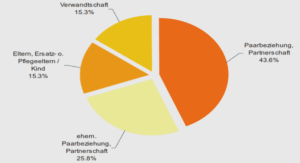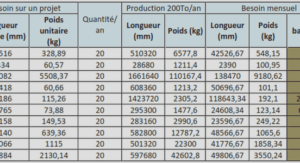Cours Analysis of variance (ANOVA) (testing many means at once), tutoriel & guide de travaux pratiques en pdf.
This section is about a single test that asks whether all of a large number (well, more than two) of samples appear to have the same mean. I’ll introduce it by way of an example.
Example 11.1 A barmaid at the Bull’s Head is working to pay her way through university. To get a little intellectual exercise while pulling pints, she keeps track of the drinking habits of the various UMIST departments whose staff drink in the pub. Here are her findings from the previous week.
Each entry represents a single individual’s intake (in units of alcohol) over the course of a week and she wants to know whether these differences in drinking patterns are significant.
She could use some of the tests we already know—t-tests or Mann-Whitney (rank sum) tests, for example—on each of the pairs (Maths & Physics, Physics & Optom-etry, Maths & Optometry), but that requires a lot of tests. And the problem would only get worse if she started to think about Paper Science, Textiles and Chemical Engineering as well (6 groups would require 15 pairwise tests).
Instead she uses a single test, the Analysis of Variance (or ANOVA), that compares all the groups at once. The idea is to ask whether the variation between groups is large compared to the variation within them.
Recipe 11.1 (ANOVA) The ingredients are several lists of numbers, say r lists. The null hypothesis is that all of the numbers are drawn from the same (normal) distribution.





